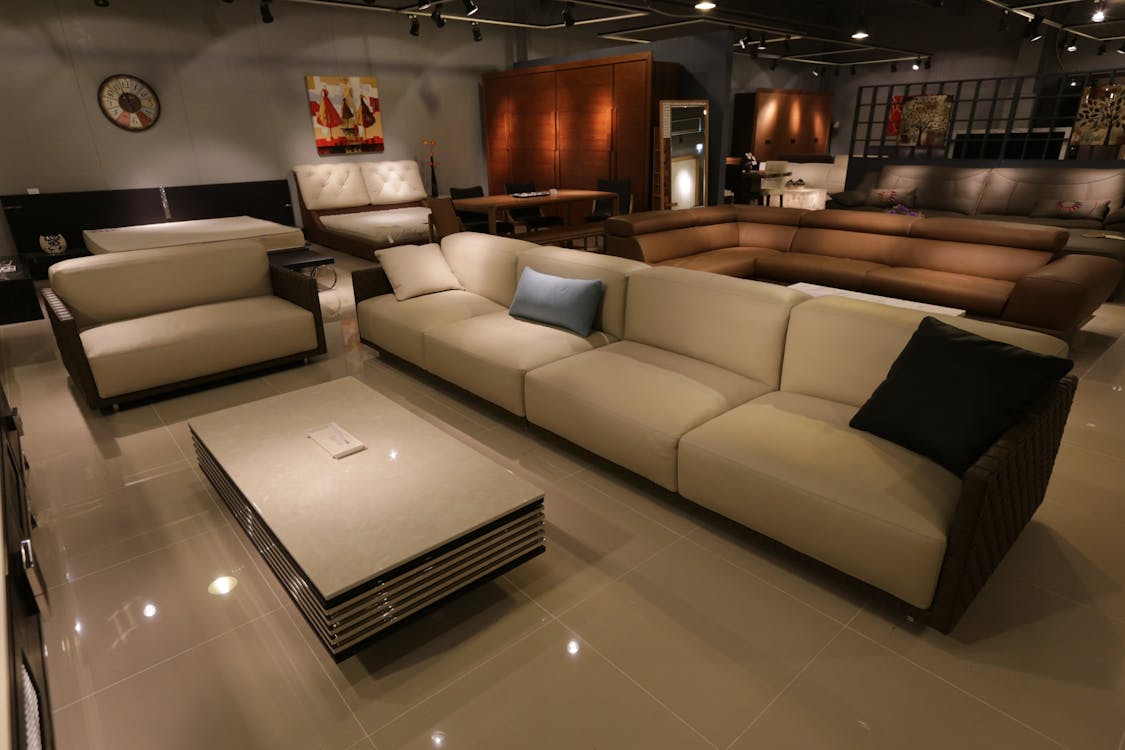
In the age of e-commerce, furniture stores are rethinking how they connect with customers, and room planners are at the forefront of this transformation. Traditionally, purchasing furniture online came with challenges—visualizing how a piece fits into your space, matching styles, or ensuring the dimensions work as planned. Enter the innovative solution. Furniture room planner is revolutionizing how customers shop for furniture, blending convenience with technology to create an immersive experience.
The Growing Popularity of Furniture Room Planners
Online room planners have gained immense popularity because they address key pain points in the furniture-buying process. With these tools, customers no longer have to guess whether a sofa complements their living room or if a dining table fits snugly in the kitchen. Instead, they can drag and drop items into a virtual space modeled after their real room dimensions. Room planners utilize advanced 3D modeling, allowing customers to visualize furniture with incredible accuracy.
Benefits of Furniture Room Planners for Stores
For furniture retailers, room planners are not just customer-centric tools; they are also powerful sales drivers. Here’s how they make a difference:
- Enhanced Customer Confidence
A common hesitation in online furniture shopping is uncertainty about how a piece will look in a specific room. Room planners allow customers to simulate their spaces, building trust in their purchase decisions. This increased confidence often translates into higher sales. - Reduced Returns
Misjudged sizes, colors, or styles can lead to returns, costing retailers time and money. By enabling customers to visualize their purchases beforehand, room planners significantly reduce return rates. - Upselling and Cross-Selling Opportunities
Room planners allow retailers to suggest complementary products dynamically. For example, if a user adds a couch to their room design, the planner might recommend matching coffee tables, lamps, or area rugs. - Improved User Engagement
Interactive tools keep customers on websites longer, exploring products and experimenting with different layouts. This increased engagement boosts the likelihood of conversions.
How Room Planners Work
Furniture room planner typically integrates seamlessly into a store’s website or app, offering an intuitive user interface. Here’s how most of them function:
- Room Customization
Users start by inputting their room dimensions, choosing wall colors, and adding architectural elements like windows and doors. Some tools even let users upload photos for a more personalized experience. - Furniture Selection
Shoppers browse through a catalog of furniture, selecting pieces to add to their virtual room. Items are often rendered in 3D with true-to-life dimensions and textures, ensuring accurate representation. - Arrangement and Visualization
The drag-and-drop interface allows users to position furniture within the room. Advanced planners also provide 360-degree views and augmented reality (AR) options to visualize furniture in real-world settings. - Saving and Sharing Designs
Many planners let users save their designs or share them with others for feedback. Some even allow direct purchase of the configured items, streamlining the shopping process.
Case Studies: Success Stories of Furniture Stores Using Room Planners
Several leading furniture stores have embraced room planners to redefine their customer experience:
- IKEA: IKEA’s online furniture room planner is a household name, enabling customers to design spaces with IKEA’s extensive product catalog. Their intuitive tool includes AR capabilities, letting users see how items fit in their actual rooms through their smartphones.
- Wayfair: Wayfair’s Room Planner 3D offers similar features, with the added ability to view textures, lighting effects, and even seasonal decor options.
- Ashley Furniture: By incorporating a room planner, Ashley Furniture lets customers create detailed room layouts, helping them visualize large furniture sets like bedroom or living room collections.
The Future of Room Planners in Furniture Shopping
The future of furniture e-commerce lies in creating even more immersive experiences. Furniture room planner is evolving rapidly, integrating with cutting-edge technologies such as AR, virtual reality (VR), and artificial intelligence (AI). These advancements promise to make online shopping even more intuitive:
- AR-Powered Visualizers
AR features, like “view in your room” options, are becoming standard. With just a smartphone, customers can project furniture into their physical spaces, eliminating the guesswork from online purchases. - AI-Driven Recommendations
Future room planners will leverage AI to offer tailored suggestions based on a user’s preferences, room size, and style. AI might also predict trends, helping users stay ahead in home decor. - Full VR Showrooms
Imagine walking through a fully furnished virtual showroom, interacting with furniture as if you were in a physical store. VR is set to make this a reality, adding a new dimension to online shopping.
Challenges and Considerations
While room planners offer undeniable advantages, their adoption comes with challenges:
- Technical Expertise
Developing and maintaining an effective room planner requires investment in skilled developers and high-quality 3D modeling. - Customer Learning Curve
Though intuitive, some users may find furniture room planner overwhelming, particularly older customers unfamiliar with such technology. Retailers must ensure their tools are easy to use. - Compatibility Issues
Room planners must be optimized for different devices and browsers to ensure seamless user experiences across platforms.
Conclusion
Room planners are transforming the way furniture stores operate in the online space. By combining technology and creativity, these tools empower customers to make informed decisions while boosting sales and reducing returns for retailers. As technology continues to evolve, the role of furniture room planner will only grow, paving the way for a future where shopping for furniture online is as engaging and intuitive as visiting a physical showroom.
For furniture stores, now is the time to embrace this game-changing technology and lead the charge in reshaping the customer journey.
